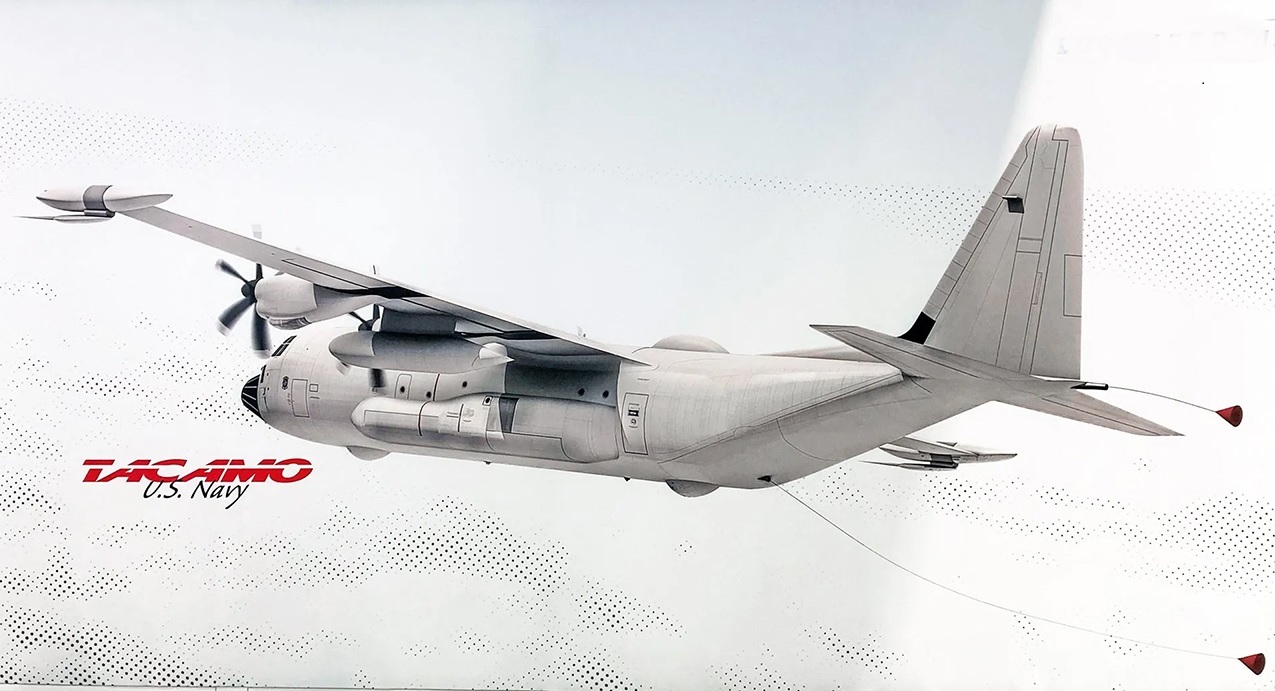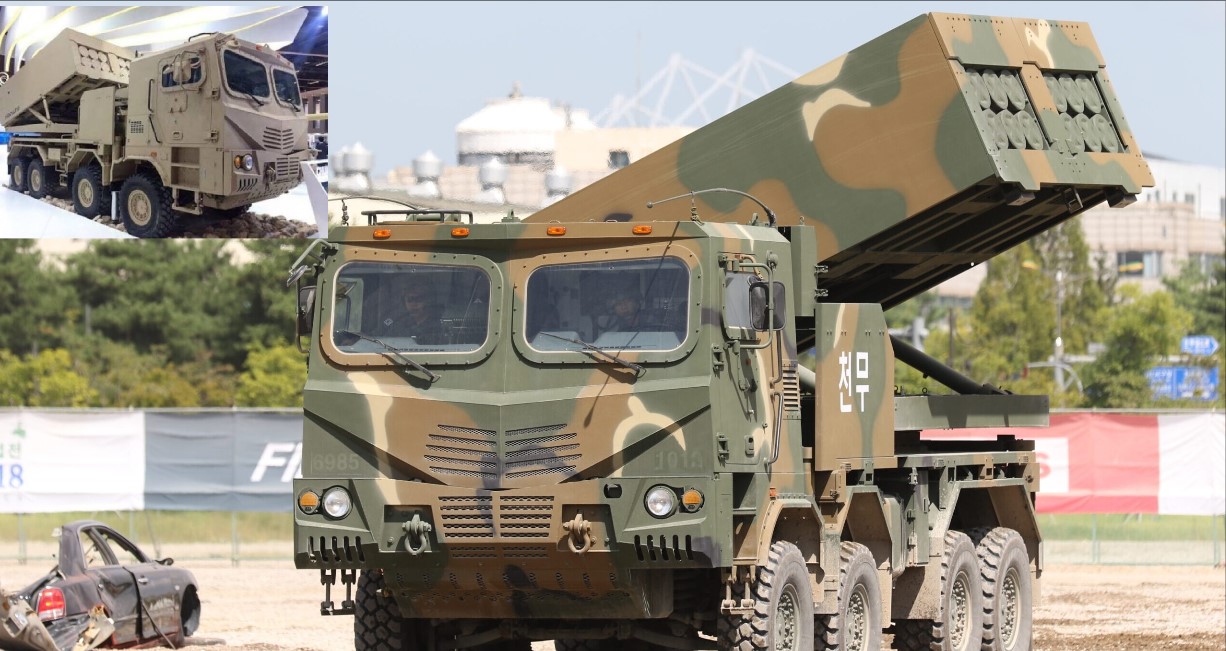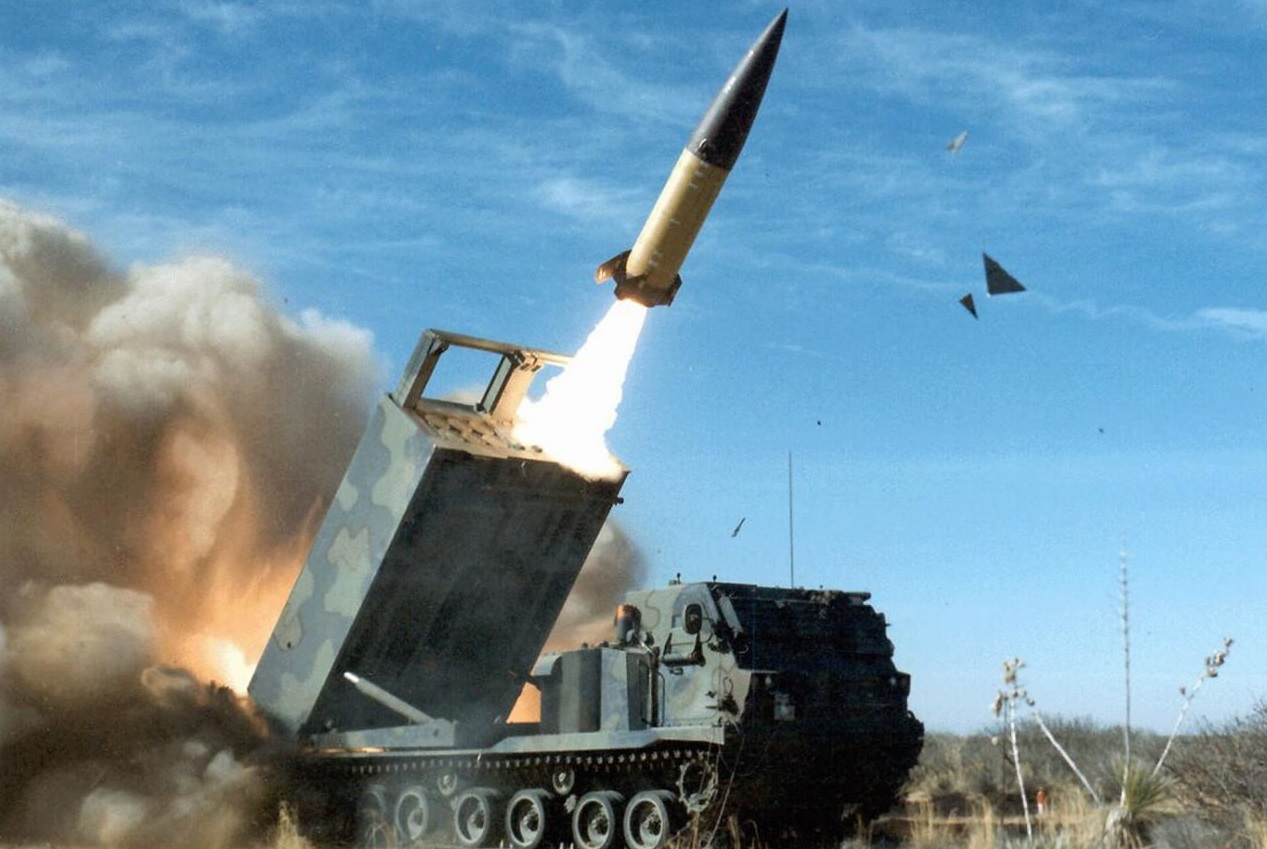Lockheed Martin Start Production of First E-130J TACAMO Aircraft for US Navy

Lockheed Martin has officially started construction on the US Navy’s inaugural E-130J aircraft, a pivotal advancement in strategic command and control capabilities. This aircraft, developed under the Take Charge and Move Out (TACAMO) program, is poised to modernize the airborne communication infrastructure essential for national security, replacing the aging E-6B Mercury fleet.
Built on the tried-and-true airframe of the C-130J-30 Super Hercules, the E-130J represents a leap forward in both performance and strategic functionality. It is designed to operate as a highly reliable airborne command center, maintaining critical communication links between national leaders, including the President and the Secretary of Defense, with strategic forces, particularly the US military’s intercontinental ballistic missile (ICBM) systems. The TACAMO mission's essence is to ensure uninterrupted connectivity, especially during times of crisis, ensuring the nuclear command and control network remains impenetrable and fully operational.
The specifications of the E-130J highlight its robust design. Measuring approximately 98 feet in length and spanning a wingspan of 133 feet, it promises remarkable agility and operational endurance. The aircraft is powered by four Rolls-Royce AE 2100D3 turboprop engines, each delivering around 4,600 horsepower, allowing it to achieve a maximum speed of 362 knots (417 miles or 670 kilometers per hour). It can reach altitudes up to 28,000 feet, enabling flexibility and a broad operational range across diverse environments.
One of the most transformative elements of the E-130J is its role as a strategic communication relay. It will integrate sophisticated communication systems, including a Very Low Frequency (VLF) subsystem by Collins Aerospace, vital for secure, long-range transmissions with nuclear forces. This enhancement ensures that the US nuclear deterrence posture remains robust and adaptable to evolving threats.
The designation of the E-130J, confirmed in October 2024, reflects the airframe's lineage, as “E” stands for electronic installation, “130” represents its C-130 base model, and “J” denotes its variant series. The airframe will be operated by the US Navy's Strategic Communications Wing 1, headquartered at Tinker Air Force Base in Oklahoma. This wing consists of squadrons such as the “Ironmen” of VQ-3 and the “Shadows” of VQ-4, who will be responsible for the mission readiness and deployment of this critical asset.
Lockheed Martin's commitment to delivering the first E-130J by 2026 underscores the strategic urgency of replacing the aging E-6B fleet, which has served as the backbone of America’s airborne command and control operations. As the E-6B nears the end of its operational life, the E-130J will assume this pivotal role, ensuring continuous and unbroken communication with US strategic forces, bolstering the nation’s nuclear deterrent and command architecture.
The evolution of the TACAMO aircraft highlights the continuous advancement of strategic communication capabilities, ensuring the US maintains a technological edge in safeguarding national security interests, especially in an era of emerging threats and increasing geopolitical complexities.


